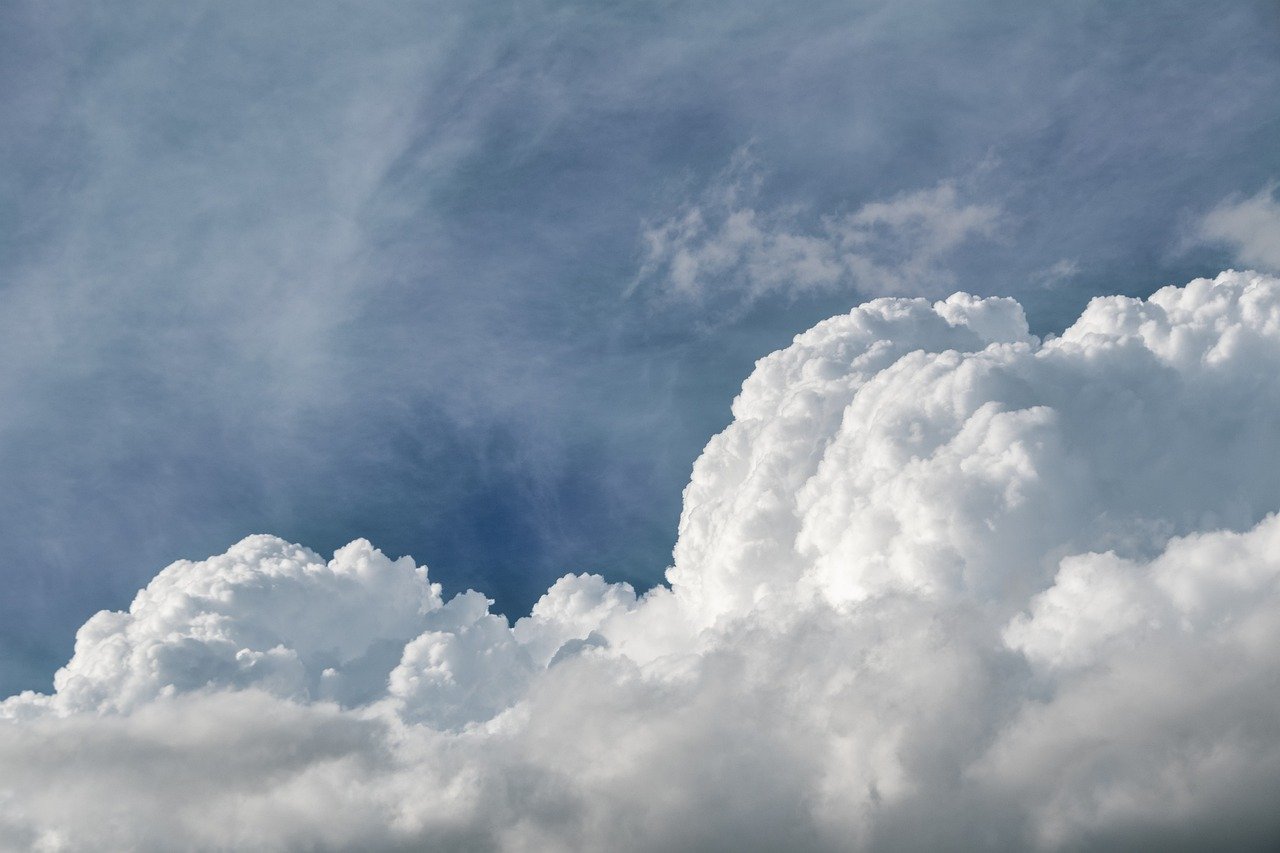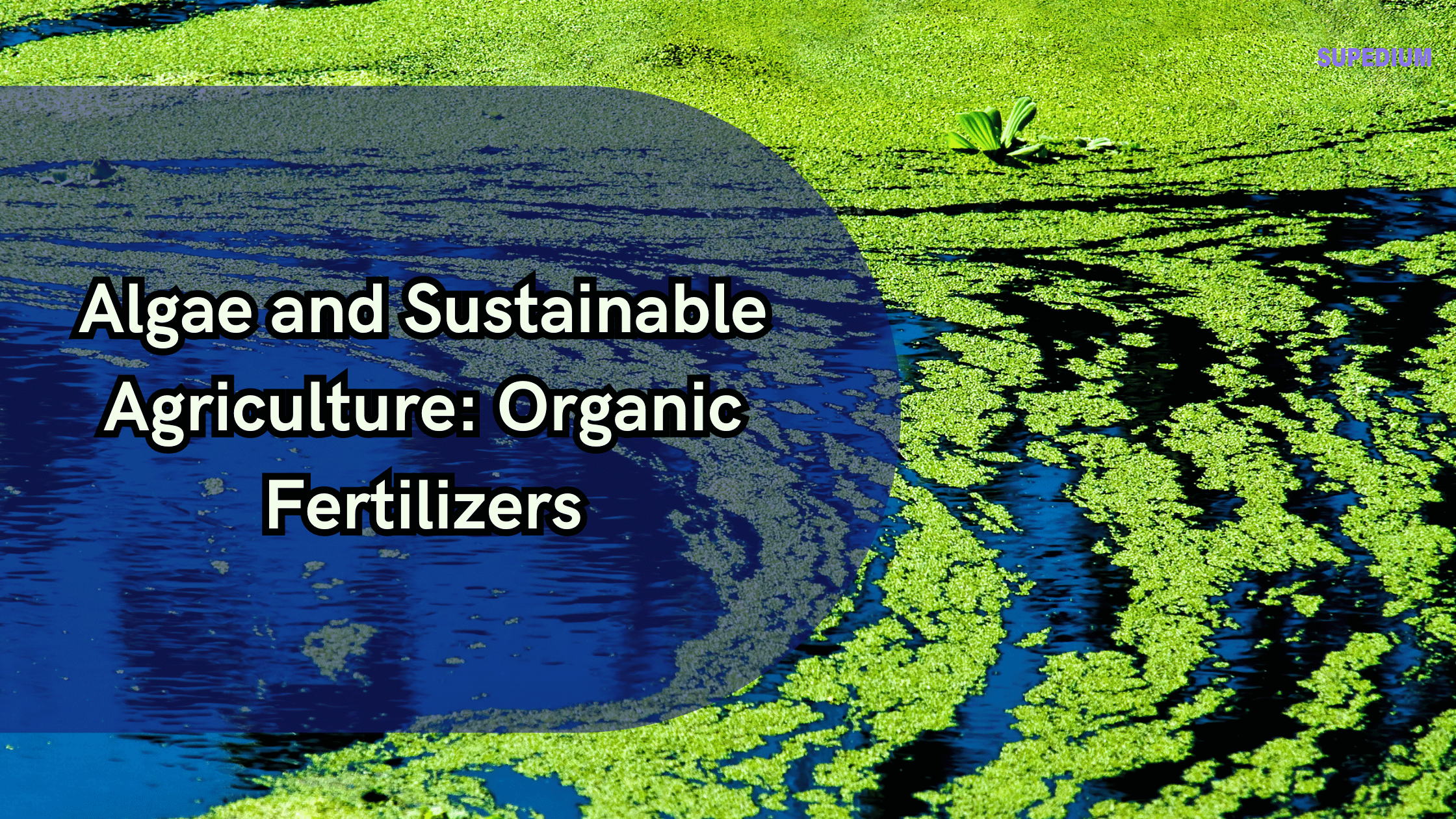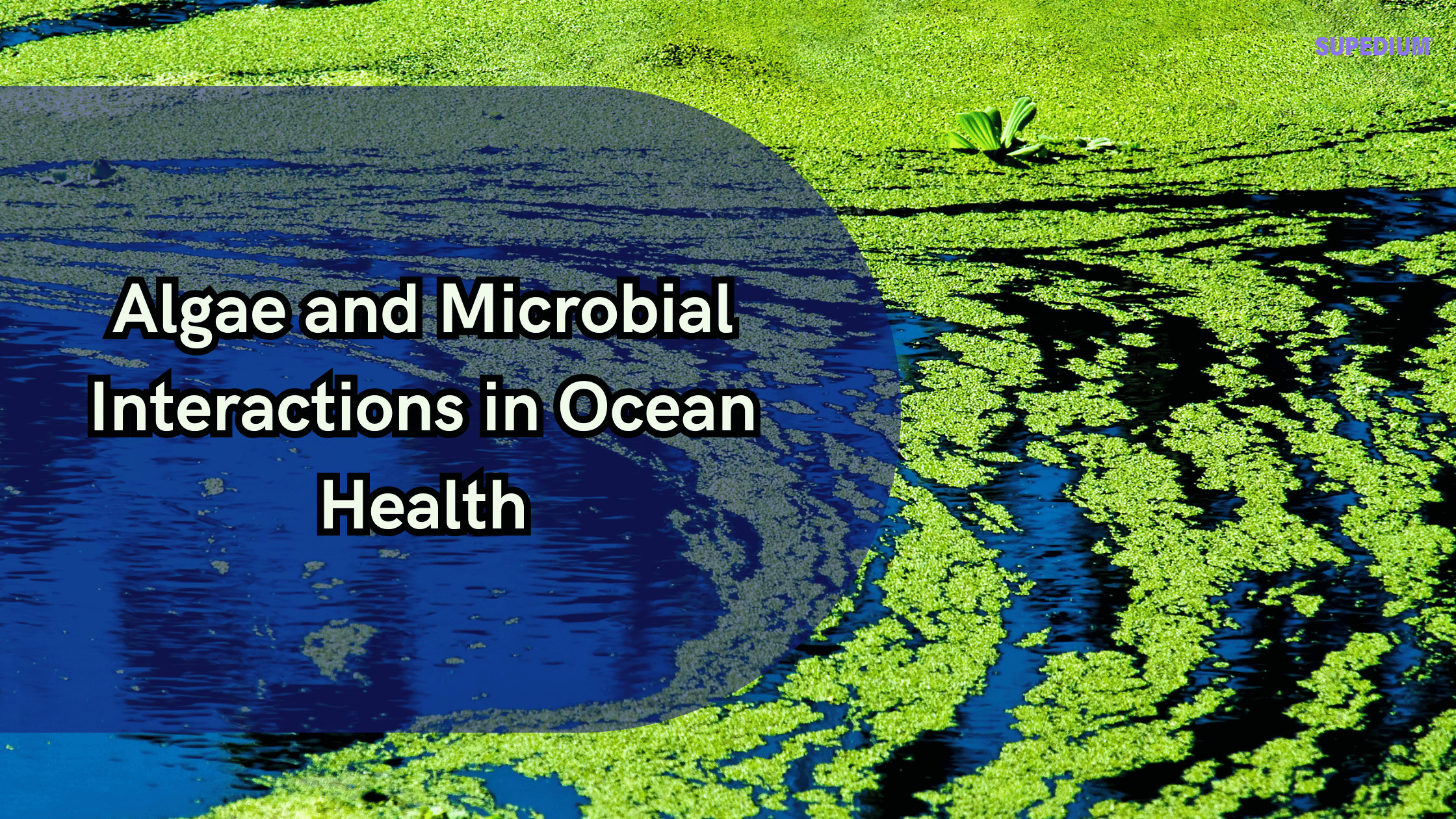Table of Contents
![]()
Extreme weather events are powerful demonstrations of nature’s unpredictability and can have profound impacts on human societies and ecosystems. Understanding these events—ranging from hurricanes and tornadoes to heatwaves and floods—requires a comprehensive look at their causes, effects, and the strategies for dealing with them. This article explores the most extreme weather events, delves into their contributing factors, and discusses the measures needed to mitigate their impacts.
Types of Extreme Weather Events
1. Hurricanes, Typhoons, and Cyclones
Hurricanes, typhoons, and cyclones are all names for the same meteorological phenomenon—intense tropical storms with strong winds and heavy rain. Their classification depends on their location: hurricanes in the Atlantic and North Pacific, typhoons in the Northwest Pacific, and cyclones in the South Pacific and Indian Ocean.
- Hurricane Katrina (2005): One of the most devastating hurricanes in U.S. history, Katrina struck the Gulf Coast, particularly New Orleans, with winds reaching 125 mph and caused catastrophic flooding due to levee breaches. The storm resulted in over 1,800 deaths and $125 billion in damages.
- Typhoon Haiyan (2013): Known locally as Yolanda, this super typhoon hit the Philippines with winds exceeding 195 mph. It caused massive devastation, leaving over 6,000 dead and millions displaced, and highlighted the region’s vulnerability to extreme weather.
- Cyclone Amphan (2020): As one of the strongest cyclones to hit the Bay of Bengal in decades, Amphan caused widespread damage in India and Bangladesh. With winds up to 155 mph, it led to over 100 deaths and extensive flooding.
2. Tornadoes
Tornadoes are characterized by their funnel-shaped winds that extend from thunderstorms to the ground. They are classified by the Enhanced Fujita Scale, which measures their intensity based on damage.
- Tri-State Tornado (1925): This tornado struck Missouri, Illinois, and Indiana, killing 695 people and causing extensive damage across a 219-mile path. It remains one of the deadliest tornadoes in U.S. history.
- Joplin Tornado (2011): With a rating of EF-5, the Joplin tornado in Missouri resulted in 155 deaths and over $2.8 billion in damage. It also highlighted the importance of improved building codes and emergency response systems.
- Moore Tornado (2013): Striking Moore, Oklahoma, this EF-5 tornado caused significant destruction with winds up to 210 mph, resulting in 24 fatalities and extensive damage to homes and schools.
3. Heatwaves
Heatwaves are prolonged periods of excessively hot weather, which can be deadly, particularly for vulnerable populations.
- European Heatwave (2003): This heatwave was one of the most severe in European history, causing an estimated 70,000 deaths across the continent due to prolonged high temperatures and inadequate cooling.
- 2021 Pacific Northwest Heat Dome: This event saw record-breaking temperatures in Canada and the U.S., with some areas reaching 115°F. The heat caused hundreds of deaths and highlighted the increasing frequency of such extreme temperature events.
- India’s 2016 Heatwave: A severe heatwave in India led to over 2,000 deaths and affected millions of people, stressing the need for improved heat action plans and public health responses.
4. Cold Waves
Cold waves are characterized by prolonged periods of excessively cold weather, often accompanied by heavy snowfall.
- The Great Blizzard of 1888: Also known as the Blizzard of ’88, this event brought severe cold and snow to the eastern U.S., resulting in over 400 deaths and significant disruption to daily life.
- 2014 North American Polar Vortex: This event involved a severe cold outbreak in North America, with temperatures dropping to record lows, causing widespread disruption and fatalities.
- The 2021 Texas Winter Storm: A major winter storm in Texas led to power outages, water shortages, and numerous fatalities due to the extreme cold and accompanying weather conditions.
5. Floods
Flooding can result from various causes, including heavy rainfall, storm surges, and river overflow. They can have devastating effects on communities and infrastructure.
- 1931 China Floods: One of the deadliest flood events in recorded history, the 1931 floods affected the Yangtze, Yellow, and Huai rivers, causing an estimated 1-4 million deaths and widespread devastation.
- 2010 Pakistan Floods: Triggered by monsoon rains, these floods submerged large areas of Pakistan, displacing millions and causing significant humanitarian crises.
- 2021 European Floods: Heavy rainfall in Europe led to severe flooding in Germany and Belgium, resulting in over 200 deaths and billions in damages.
6. Droughts
Droughts are prolonged periods of abnormally low rainfall, which can lead to severe water shortages and agricultural failure.
- The Dust Bowl (1930s): Severe drought combined with poor farming practices led to massive dust storms and agricultural collapse in the U.S. Great Plains, causing widespread displacement and economic hardship.
- 2010-2011 East Africa Drought: This drought severely affected countries like Somalia, Kenya, and Ethiopia, leading to famine conditions and widespread humanitarian needs.
- California Drought (2012-2016): A prolonged drought in California impacted water supplies, agriculture, and increased wildfire risks, highlighting the challenges of managing water resources in arid regions.
Factors Contributing to Extreme Weather
1. Natural Factors
Extreme weather events are influenced by natural atmospheric conditions. For instance, hurricanes form over warm ocean waters, while tornadoes develop from severe thunderstorms. Oceanic phenomena like El Niño and La Niña can also impact weather patterns, causing variations in temperature and precipitation.
2. Human-Induced Factors
Human activities, especially those contributing to climate change, play a significant role in the increasing frequency and severity of extreme weather events. Greenhouse gas emissions from burning fossil fuels and deforestation contribute to global warming, which can amplify the intensity of storms and alter weather patterns. Urbanization and land use changes can exacerbate the impacts of extreme weather by increasing vulnerability and altering natural landscapes.
Measuring and Predicting Extreme Weather
1. Technological Tools
Advances in technology have greatly enhanced our ability to monitor and predict extreme weather. Satellites provide valuable data on weather patterns and storm developments, while weather radar systems offer real-time information on precipitation and wind conditions. Climate models and simulations help scientists predict future weather patterns and assess potential impacts.
2. Challenges in Prediction
Despite technological advances, predicting extreme weather remains challenging due to the complexity of atmospheric systems and the limitations of current models. Data gaps, especially in remote or under-monitored regions, can hinder accurate predictions, and the inherent unpredictability of weather systems adds to the challenge.
Response and Preparedness
1. Emergency Management
Effective emergency management involves careful planning and coordination among various agencies and stakeholders. This includes developing evacuation plans, setting up shelters, and ensuring the availability of essential resources. Quick response and recovery efforts are crucial in minimizing the impact of extreme weather events.
2. Community and Governmental Roles
Communities and governments play vital roles in managing extreme weather. Public awareness campaigns can educate individuals about preparedness and safety measures. Governments can implement policies to improve infrastructure resilience, enhance early warning systems, and support research and innovation in weather prediction and climate adaptation.
Case Studies
Examining specific extreme weather events provides insights into their causes, impacts, and lessons learned:
- Hurricane Katrina (2005): The disaster revealed weaknesses in flood defenses and emergency response systems, leading to significant changes in disaster management practices and infrastructure improvements.
- Tri-State Tornado (1925): This event underscored the need for improved tornado forecasting and building codes to withstand such powerful storms.
- 2010 Pakistan Floods: Highlighted the importance of international aid and effective disaster response in managing large-scale humanitarian crises.
Future Outlook
1. Trends and Predictions
Climate change is expected to increase the frequency and intensity of extreme weather events. Rising global temperatures, shifting precipitation patterns, and more intense storms are likely to pose growing challenges for communities worldwide.
2. Adaptation and Mitigation Strategies
Building resilient infrastructure, enhancing early warning systems, and implementing sustainable practices are crucial for adapting to and mitigating the impacts of extreme weather. Policy recommendations include investing in climate research, promoting disaster preparedness, and fostering international cooperation to address the global nature of these challenges.
Conclusion
Extreme weather events are a stark reminder of the power of nature and the importance of preparedness and resilience. By understanding their causes, impacts, and the measures needed to mitigate their effects, we can better protect communities and ecosystems from the devastating consequences of these phenomena. As climate change continues to influence weather patterns, it is crucial for individuals, communities, and governments to work together in addressing the challenges posed by extreme weather and building a more resilient future.
Share This





Be the first to comment